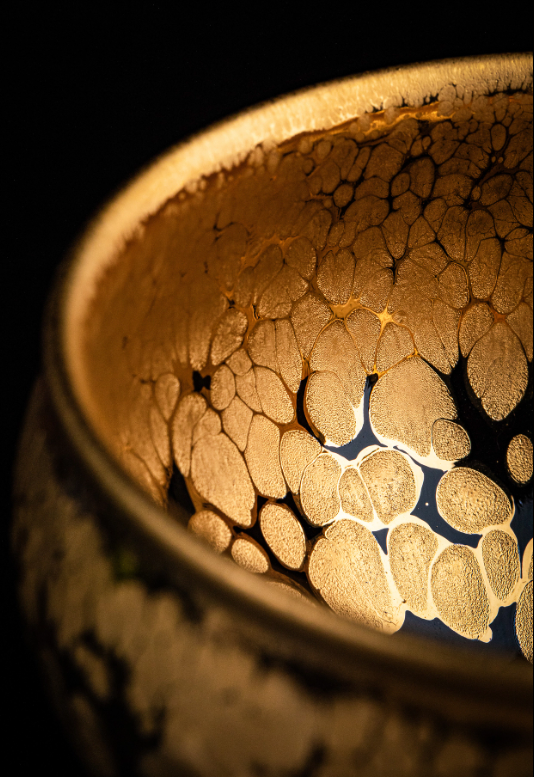Holding a millennium of starlight in your hands — A philosophy of Eastern teaware
2024-07-12
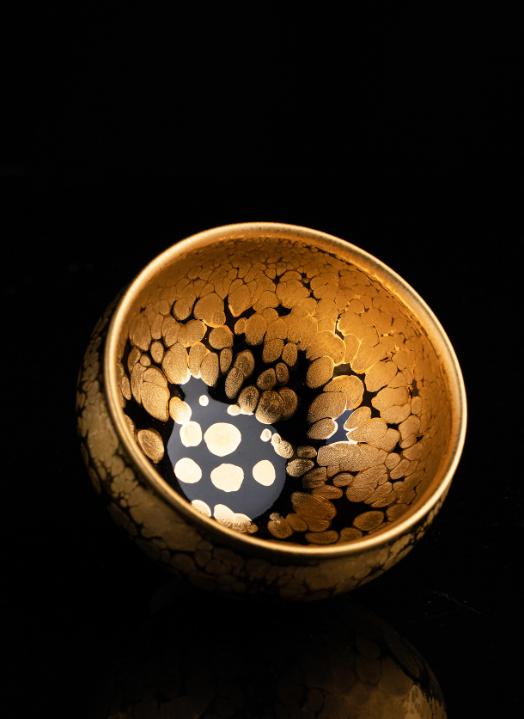
(Why black?)
the ultimate esthetic experiment of the Song dynasty
While celadon and white porcelain ruled the world, Jian Zhan bucked tradition with his inky black hue. This was no coincidence: the Song literati regarded tea drinking as spiritual cultivation. The black glaze reflected the night sky and magnified the whiteness of the whipped tea foam, as if to "illuminate the emptiness of worldly desires" The rough texture of the ferrous clay reflected the philosophy of Zen Buddhism: "imperfection is perfection" A black bowl was indeed a revolution in Eastern esthetics.
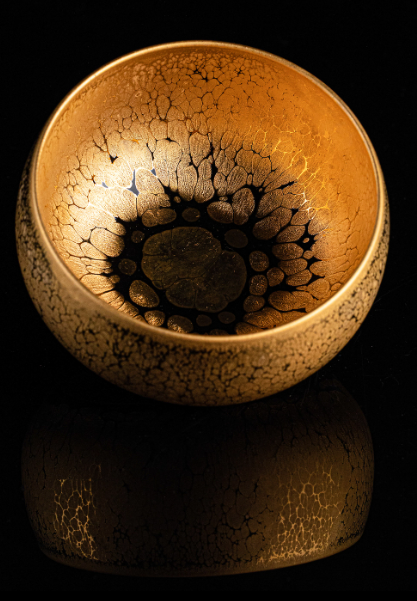
[The birth of a universe at 1300°C]
dragon kiln firing: The art of taming fire
In an age obsessed with precision, the artisans of Jian Zhan leave their work to the ferocity of the dragon kiln. Feeding wood, watching flames, checking ashes — 72 sleepless hours culminate in the magic of yao bian (kiln transformation). Under extreme heat, the glazes flow unhindered: "rabbit fur" draws streaks like shooting stars, "oil spots" pour out like galaxies. Each bowl becomes a cosmic coincidence, born of the collaboration between heaven and man.
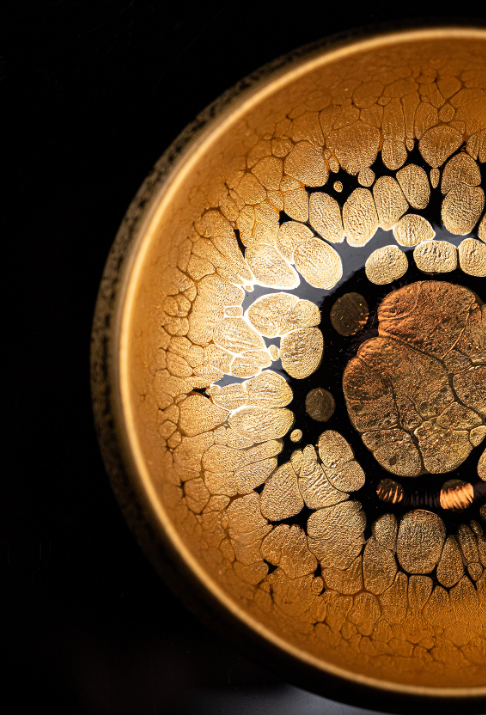
[The myth of Johen and the joy of the people]
—Contradiction: deified and yet rooted in daily life
Japan treasures three Yohen (曜变) Jian Zhan, whose dazzling glazes were revered by emperors. Yet in the Song era, these bowls were widely used in teahouses. This paradox reveals a truth: while masterpieces are rare, the cultural essence of Jian Zhan thrived in the hands of ordinary people. Today’s revival is not about recreating relics, but about reviving the tradition of "returning beauty to everyday life"

[Nurturing Jian Zhan: A Second Life out of Time]
—A shared journey between man and object
Owning a Jian Zhan is just the beginning. Over the years that the tea is brewed, the glaze develops a pearlescent "tea patina" — a chemical dance between tannins and minerals, but also a gift of time. True connoisseurs do not speak of "collecting", but of "accompanying" Through daily use, the warmth of the owner is imprinted on the bowl and honors the spirit of the artisan in the deepest way.
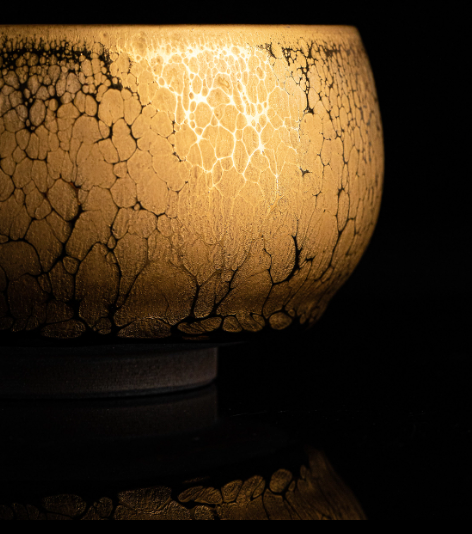

 USD
USD


